Lately, if you want fantasy stories and historical fantasy that isn’t an isekai of some sort, you have to look toward shojo and away from shonen and seinen categories. My Happy Marriage continues this trend. Set sometime between 1912 and 1926, My Happy Marriage explores a world where supernatural talents–in a word, magic–exists alongside demons and technology. Several of Japan’s old noble families house magical abilities in their bloodlines, so the government uses them as specialized units to protect the country from demons and, in the case of the Usuba family, other magic users.
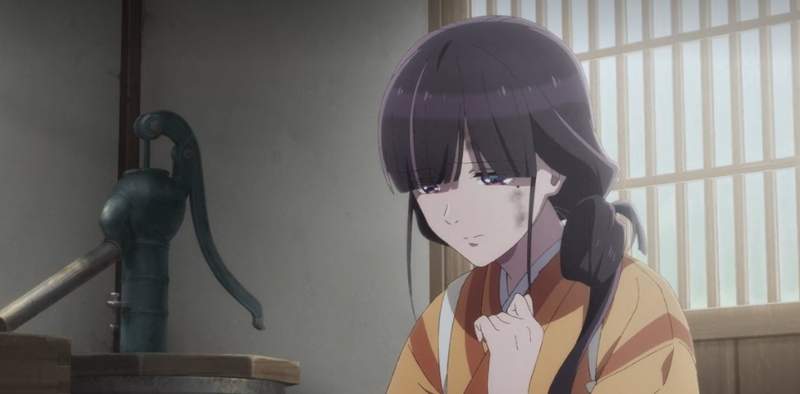
The story opens with Miyo in a Cinderella retelling. She’s the eldest daughter of the Saimori family, which produces people with strong magical abilities. She, however, doesn’t seem to have any. After her mother dies, her father remarries and has another daughter. Miyo acts as a mistreated servant for the household. Her father arranges for her to engaged to Kiyoka Kudou, a man rumored to have a terrible temper that has ruined all previous engagements from other noble families. Well, we all know how this works. My Happy Marriage is, after all, a romance. But the story shifts from a Cinderella story toward a political intrigue story with magic complicating things. The romance elements remain, and the story introduces friendship development for Miyo who grew up with few friends and little kindness.
The Cinderella story is the most common myth, even more common than the hero myth Joseph Campbell and others have focused upon. The Cinderella myth appears across most cultures of the world. The tale varies, but it generally follows the pattern of a motherless (usually) heroine in the upper class that are forced out of their status. The heroine then regains that social status, or surpasses her previous social status, through hard work or a coming-of-age adventure (Friedman, 2010). Marriage or romance also plays into many versions. Friedman (2010) writes:
The Cinderella tale demonstrates the importance of marriage to women and the significance in marrying a male who was able to be a provider or was even of a higher class. The European versions of the tale as well as some of the older versions demonstrate that a woman’s future depended upon her marriage and that having a suitable husband was crucial for survival.
Andrew Lang, writing the introduction to Marian Cox’s compilation of 345 Cinderella stories across the world, addresses possible ways the story traveled across the world. Did the story travel along trade routes? Was the story independently reinvented and reinvented in various cultures and time periods? Did the story accrete from other stories and survive in a sort of folktale evolution? Did the story develop out of a similar real-life event? Lang states all of the above can be true (Cox, 1893). Each culture takes the framework of the story and puts its own cultural and time period spin on it.
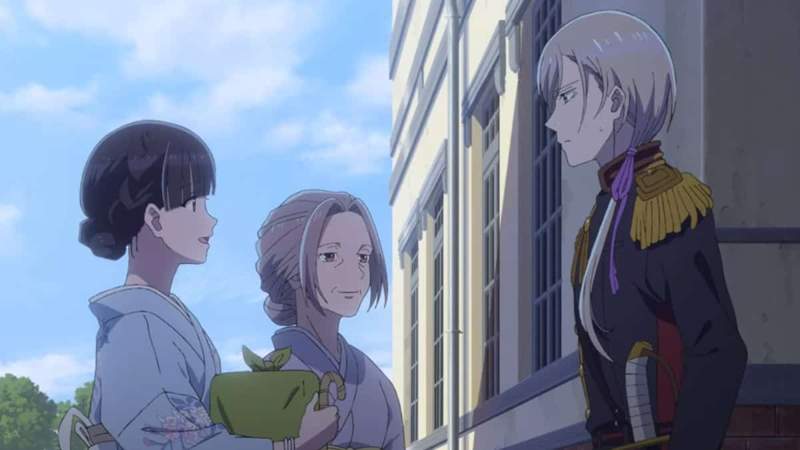
My Happy Marriage features marriage as a part of Miyo’s development, but as the story progresses, she moves beyond the need to marry Kyoka for survival and toward marrying him for love. Miyo’s adventure and coming into her own allows her to transcend one of the typical Cinderella patterns. Her relationship with Kiyoka and her female friends act as pushes for her to move past her reticent habits. But her experience as an abused servant also serves as a strength, giving her the wherewithal to keep going in her quiet way.
Miyo proves to be an interesting Cinderella. In Cinderella fashion, she becomes a stronger, more confident person over the course of her adventure. But she retains her quiet harmony-seeking personality. She remains yin, passive and inward-turning. She contrasts against the other characters who are largely yang-associated–active and outward-turning in their own ways. Of course, Miyo has moments of becoming active and outward-turning just as the other characters have moments of being passive and inward-turning. But Miyo remains rooted in the feminine side of the yin-yang cycle. Kiyoka, as her balance, remains rooted in the masculine side of the yin-yang cycle. This becomes most obvious during battles. Kiyoka isn’t a violent person, but he usually turns toward violence. Miyo avoids violence, even to a fault in places.
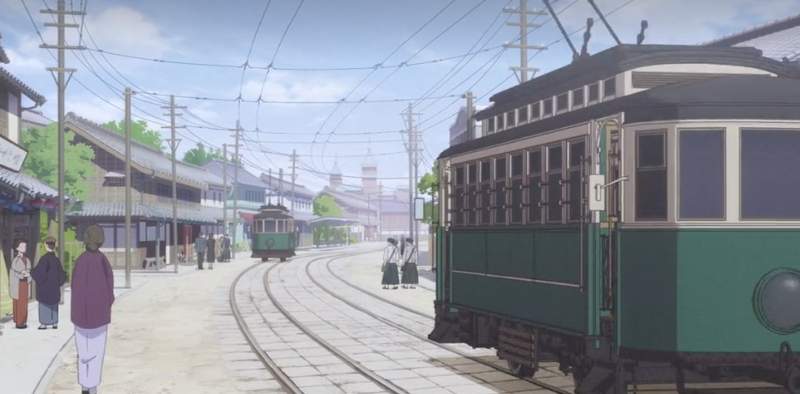
As Miyo moves along her character arc, she grows into a representative of feminine, or yin, strength. Often in stories strong female characters are coded along masculine strength patterns–physically capable, able to fight, forcefully assertive, and so on. While there’s nothing wrong with this method of coding strong female characters, this method has become so common that it’s a stereotype itself. It’s such a common stereotype that heroines like Miyo stand out. Hers is a different type of strength, rooted in gentleness, forgiveness, hope, and quietude. These traits seek to convince enemies to change and use their abilities to benefit others and, by extension, themselves. Many would consider this hopefulness and faith in the capacity to change naive. Indeed, Miyo is seen as weak and naive by many characters, especially those of the yang and cynical dispositions. And, rather realistically, Miyo’s efforts do not always work. She fails to convince characters to change, which the yang side of the equation solves by, well, the “direct” approach: imprisonment and killing.
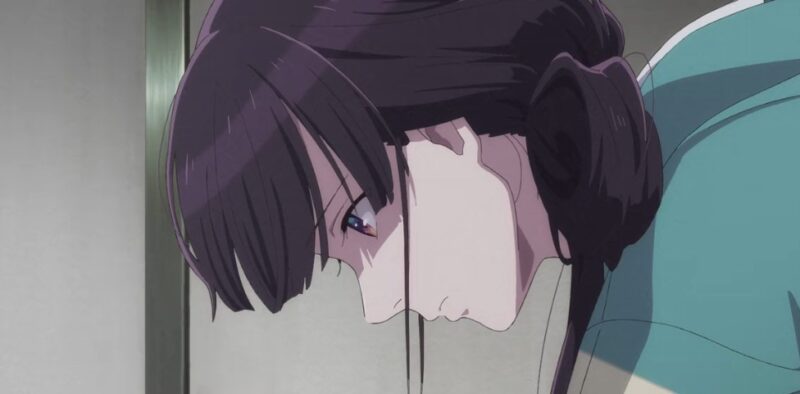
Miyo’s feminine approach to conflict seeks reconciliation and harmony in the long term at the cost of her own welfare, in some cases, in the short term. Miyo’s approach aims at healing wounds rather than inflicting further punishment. And this approach is more difficult than the club-the-enemy-into-submission approach most masculine shows of strength use. Reconciliation costs Miyo throughout the story–worry, personal risk, and other costs. But the approach often pays off with new bonds forming, harmony increasing, and even healing long-standing rifts within families. As Isaiah 53:5 writes of the Jewish Messiah (NASB):
But He was pierced for our offenses,
He was crushed for our wrongdoings;
The punishment for our well-being was laid upon Him,
And by His wounds we are healed.
Miya falls into this template of the suffering servant. If you want to use a Christian analogy, Miyo is a Christ figure that takes the (emotional) beatings in order to allow others to heal. Even her powerful latent ability–this isn’t really a spoiler because we all know how these stories play out–acts as a soft power to connect her to the hearts of others and gently guide them toward changing.
The club-the-enemy-into-submission stereotype about masculine strength belies the softness masculinity also has, which Kiyoka eventually shows in the story as he softens to Miyo and as he leads his military subordinates. Kiyoka shows vulnerability with Miyo and brotherly and fatherly love toward his subordinates in the military. Kiyoka is tough in the usual masculine and yang sense. He’s decisive, action-oriented, and hard at times. But he also has a soft side, a yin point. He acts as a balance and a complement for Miyo.
My Happy Marriage goes beyond the Cinderella story and explores politics, the damage heartbreak can cause, and a different portrayal of female strength. While the anime has action, this isn’t a battle anime. It is a coming-of-age story in the old folktale tradition. I found the story interesting because of these folktale thematic elements and because of Miyo’s growth into a strong feminine character instead of the usual masculine-coded female character. This isn’t to say she lacks yang, or masculine-coded, qualities. She develops several of these as well. Kiyoka grows toward a softer masculine-coded character, tapping into the yin qualities within masculinity. Miyo’s growth follows folktale trajectories. And both she and Kiyoka grow toward a marriage of mutual love.
References
Cox, Marian (1893) Cinderella; three hundred and forty-five variants of Cinderella, Catskin, and Cap o’Rushes, abstracted and tabulated, with a discussion of mediaeval analogues, and notes. London: The Folk-lore Society.
Friedman, Kristen,(2010) “Cinderella Tales and Their Significance”.Anthropology. 1.https://scholarsarchive.library.albany.edu/honorscollege_anthro/1
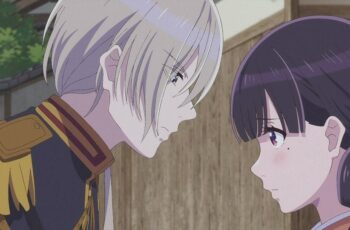
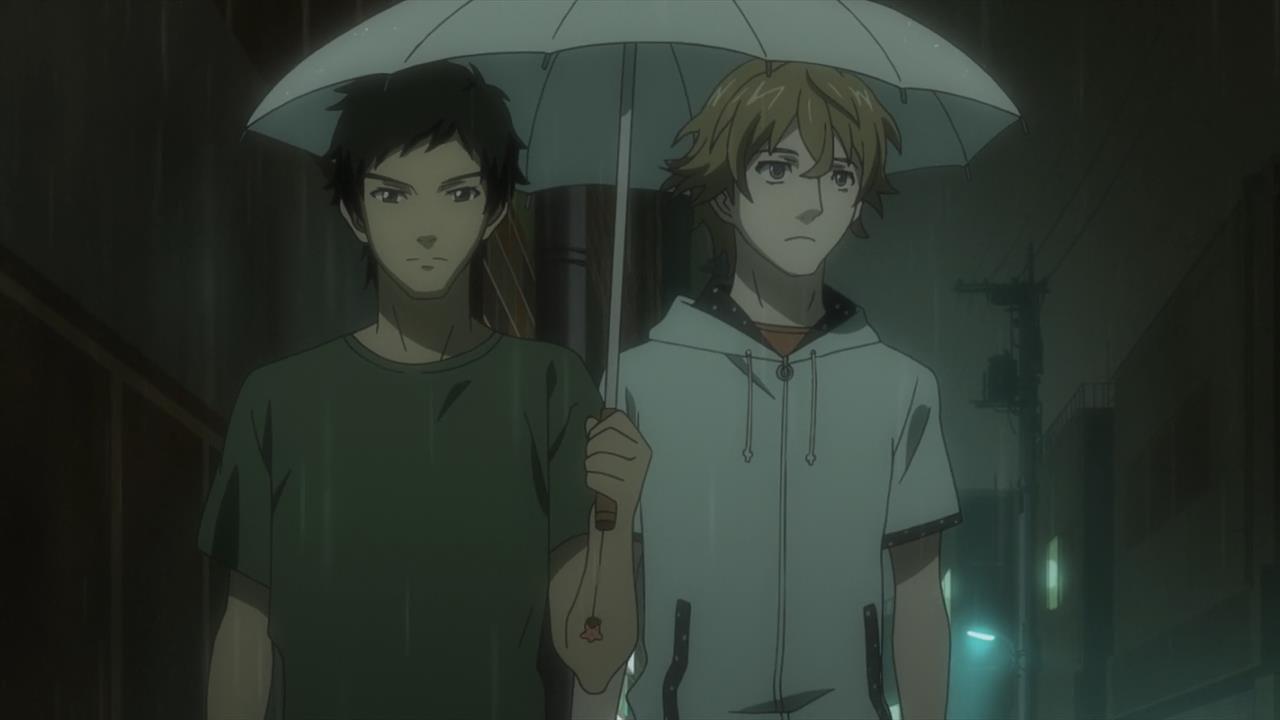
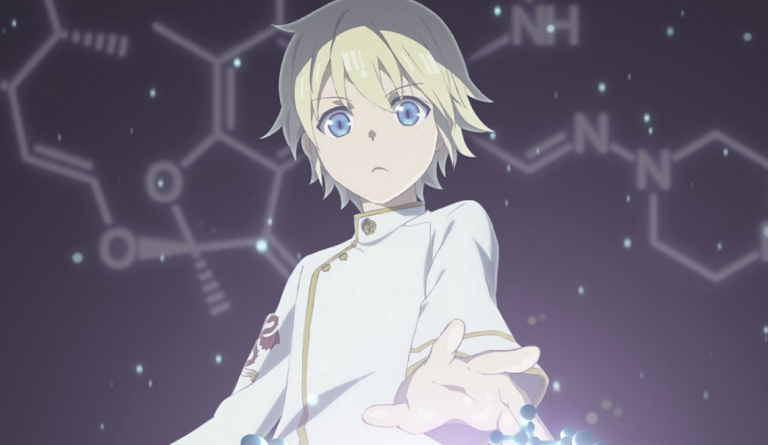
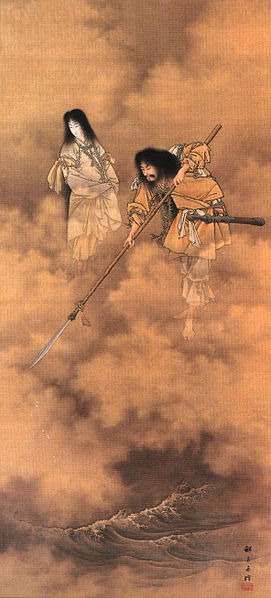
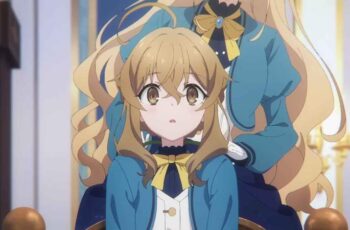
Kurt Vonnegut’s somewhat irreverent (and rejected) Master’s thesis also identified “Cinderella” as among five historically enduring story patterns. Most interesting about his interpretation, however, is that after the initial experience, “Cinderella” doesn’t actually return to the same low, because she now has the memory and the knowledge of something better with which to sustain herself.
Vonnegut makes a good point. Cinderella would learn various lessons and come away with more knowledge than she had in the stories where she returns to the baseline. I haven’t read too many of those versions of the story. Most end with her at a higher social status. The number of Cinderella story variations is fascinating. Campbell overlooked probably the story that sits at the base of the human collective unconscious.
I agree with you about Campbell…
Vonnegut’s pattern begins with “Cinderella” moving from her starting low to an initial high (as the result of an external force responding to her virtue), the “meeting the Prince at the ball”, before the “midnight plummet” back to her reality. But that plummet doesn’t result in the same low as before, as she is now sustained by the enlightened awareness of that moment. And by the end of the story, the result is, as Vonnegut put it, “infinite joy”. He never states it directly, but he’s alluding to spiritual enlightenment… that a moment of revealed bliss sustains one through hardship until an ultimate reward. The “Cinderella” pattern is that of faith based in personal revelation. And it’s found in one form or another in virtually every society.
I need to dig up Vonnegut’s article. His focus on the down phase of the pattern is interesting! It fits the “midnight of the soul” stage of the Hero’s Journey or maybe the “return” phase. The Cinderella pattern deserves more discussion. It is its own hero’s journey. The spiritual enlightenment symbolism also makes sense from the few versions of Cinderella I’ve read. My Happy Marriage leans toward the spiritual enlightenment idea.